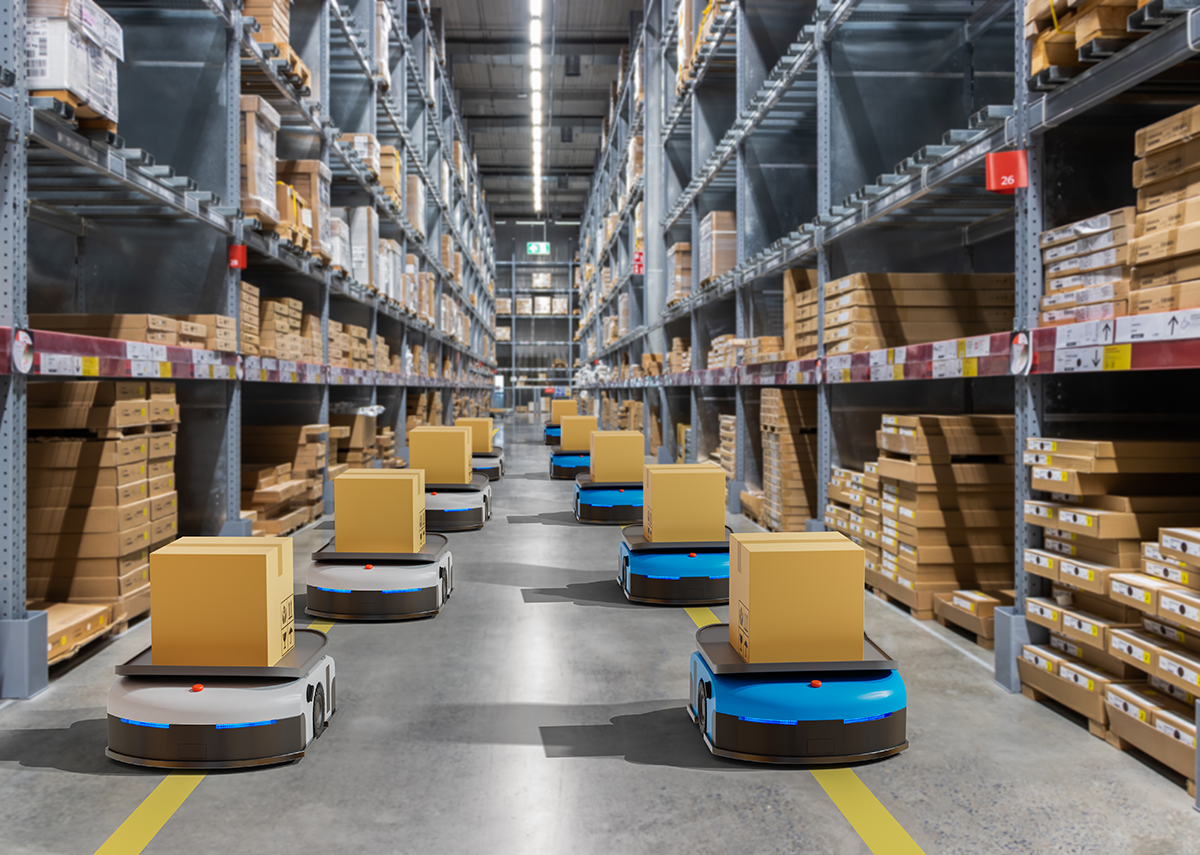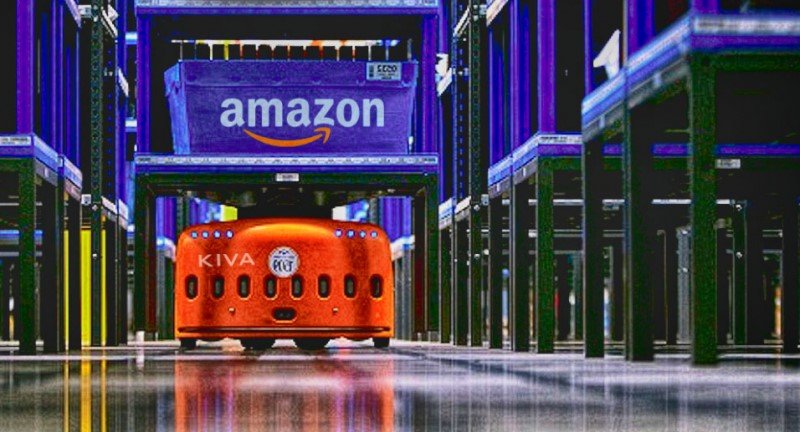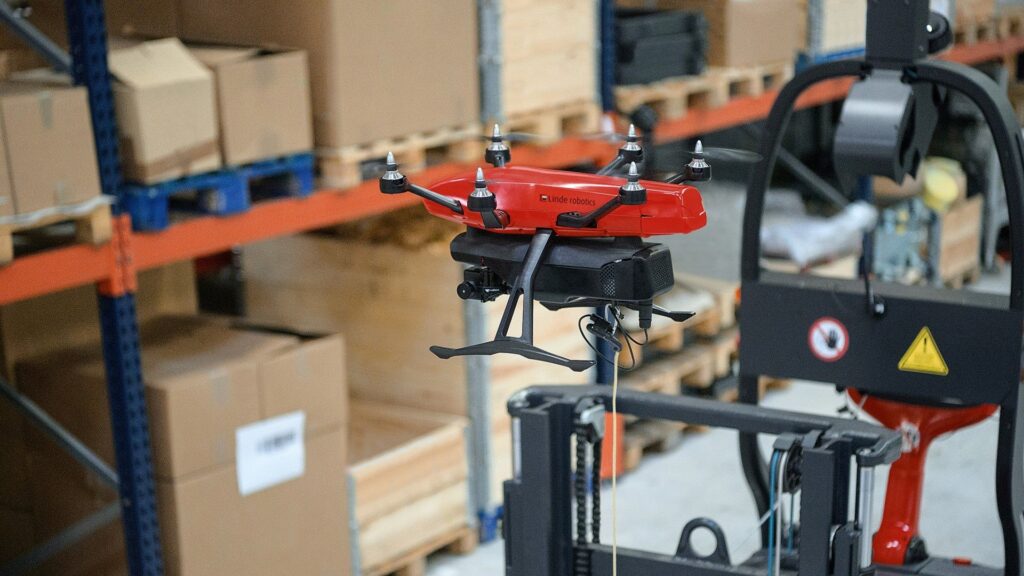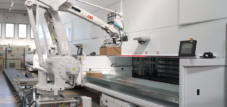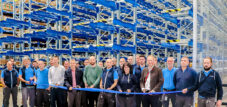Is it coming, warehouse logistics without people?
Language selection 📢
Published on: July 7, 2017 / update from: September 27, 2021 - Author: Konrad Wolfenstein
The megatrends of digitalization, automation and networking shape the processes of our daily lives. At the same time, they are an important factor for the economic power of the leading industrial nations, which constantly advance technology through constant innovation. Hardware becoming more and more precise and software becoming more powerful every year enable system solutions that do the work of human specialists in more and more areas. Logistics is also affected by this and the question arises as to whether we are facing an era of camps without people.
For many people, robots have become an integral part of everyday life. The use of industrial robots has long been standard in the manufacturing industry. Logistics still had some catching up to do here. This is mainly because robots are more or less blind and deaf. It is not that they lack strength, but that they lack human senses. And in order to function smoothly in the warehouse, future generations of robots will have to master these very senses.
Gripping heterogeneous objects in particular is still a problem. Nevertheless, robots are being used more and more frequently in warehouses. According to a survey by Jones Lang LaSalle among 200 European logistics experts , around 50 percent said they were already using automation technologies in the warehouse. Of these, 55 percent are already using robots.
Robots are changing logistics
And the market is still moving. This is not least due to the strong growth of the logistics industry and the resulting shortage of workers. The higher performance of automated processes in terms of precision, speed and operating time is another reason for the trend towards robots.
No question, there is still a long way to go until we have a fully automated warehouse including automatic delivery to your front door via drone or robot. However, the beginnings of development are already visible . The Internet giant Amazon once again making progress by integrating the Kiva robot With the Kiva, the goods are automatically transported to the picking stations, which saves the staff having to walk. There are now said to be over 13,000 of the agile units in Amazon's shipping centers.
Picking robots take over the job of warehouse workers
In addition to Amazon's Kiva system, there are a number of other developments that are continually expanding the range of applications for robots in intralogistics. A picking combination of two robots comes from the US company Fetch Robotics . The duo completes their orders independently and steers autonomously through the warehouse on their wheels. The Fetch model removes the ordered item from the shelf with its extendable gripper arm. His partner Freight is equipped with a basket into which the goods are placed. Once the basket is filled or the order has been processed, it transports the goods to the picking station. The warehouse worker is still waiting here to process the goods further.
Magazino is pursuing a more advanced approach . Similar to Fetch, it navigates independently through the rows and processes pick lists in order to bring the goods to the picking station after the order has been completed. Another Magazino robot is used there. This accepts the delivered goods using a scanner and camera, identifies them and prepares them for shipping or the next production stage. The combined use of both devices makes it possible to manage a conventional shelving rack warehouse without any human labor. But that's not the only place where the use of electronic helpers makes sense: automatic storage systems can also benefit from the use of the picking station. With these delivery systems, too, the robot can be integrated into the removal opening instead of the usual packing station - i.e. exactly where the warehouse worker previously stands.
Instead of exclusively using robots, the Baxter, a robot solution from Rethink Solutions, based on safe human-machine collaboration. In contrast to conventional industrial robots, the Baxter belongs to the generation of cooperative robots that interact closely with humans. Using its sensors and camera technology, it constantly scans its surroundings and slows down as soon as people are nearby. He also uses his camera eyes to identify and grab objects.
Middle ground in human-machine collaboration
All of these approaches show the extent to which human labor can already be replaced. However, these solutions usually involve high investments in storage technology. This is one of the reasons why logisticians are increasingly relying on systems that promote the parallel use of humans and robots. It doesn’t necessarily always have to be robot systems that support people. There is now a wide range of remote solutions that can be used to control warehouse processes regardless of location. Handling these processes with mobile handhelds is now widespread. Another example would be the use of drones to control inventory levels . The maneuverable aircraft can be controlled by an employee at the workplace, which eliminates the long distances that would otherwise be required for an inventory. In addition to driverless transport systems, these technologies also ensure that fewer and fewer employees have to enter a warehouse.
An additional boost to innovation could come from the increasing spread of virtual developments: many tasks in the warehouse, such as the control of transport vehicles or the aforementioned warehouse drones, can be optimized with the help of virtual reality solutions. By wearing VR glasses, employees have their hands free for additional activities and also receive all relevant information directly into the display of the glasses. Since the approach is still comparatively new and individual requirements are extremely different, it is advisable to who is familiar with the topic and can provide companies with important assistance introducing VR
CONCLUSION
According to experts, the increasing use of robots in intralogistics will increase productivity enormously. In addition, it will influence the location strategy of logistics companies, as the labor cost factor will become significantly less important. So it no longer seems to be a question of if?, but just a question of when? until robotics becomes widespread in logistics.



